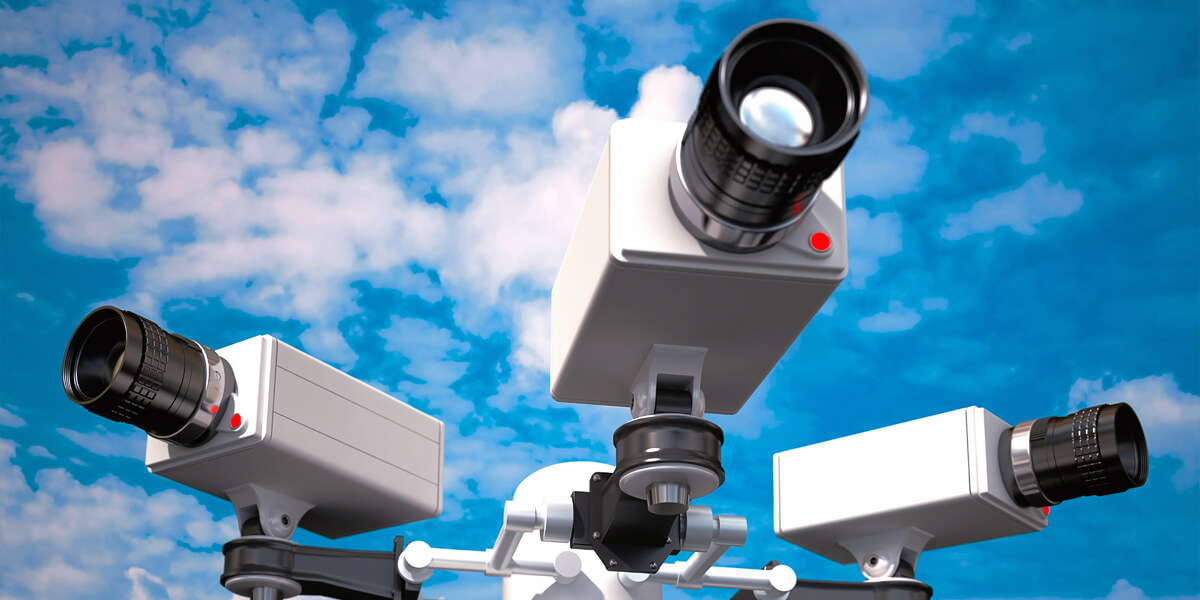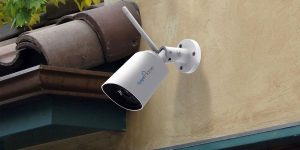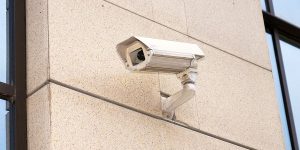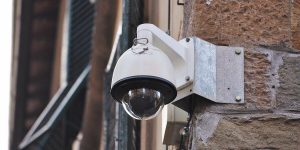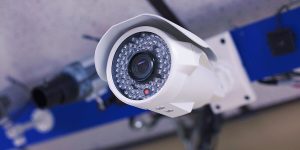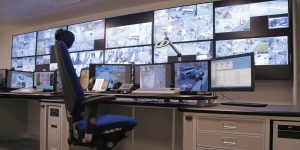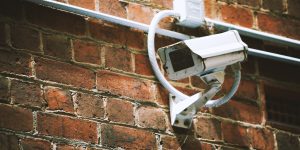Are you feeling a bit puzzled about the number of security cameras your property might require? Trust me, you’re not alone. The question, “How many security cameras do I need?” is one that many homeowners and businesses grapple with. But if you are here to get a ready answer, let me disappoint you. The number of cameras you need is not a one-size-fits-all scenario. Instead, it hinges on various factors, from the size of your property to your specific security needs. So, shall we start solving this security camera riddle together? Come along!
Factors determining the number of security cameras

Size and layout of your property
First and foremost, the overall size and layout of your property may define how many cameras you need to get desired footage. A larger area may require more cameras to ensure complete coverage, while a smaller one might need fewer. In addition, keep in mind the different building structures, outdoor areas, and any unique architectural features.
Entry and exit points
Every property has key entry and exit points – doors, windows, and perhaps even a skylight or two. As a result, these areas are prime targets for potential intruders and should be prioritized when placing your security cameras.
High-risk areas
They are spots that could attract potential intruders, such as garages, sheds, or basements. You might also have areas inside your home that hold valuable items, which should also be under surveillance.
Blind spots
Every property has blind spots, areas not directly visible from common areas or easily hidden from view. Identifying these less obvious spots can greatly enhance your property’s security, ensuring no corner goes unnoticed.
Indoor vs. outdoor surveillance
The balance between indoor and outdoor surveillance will depend on your specific needs. For example, if you’re more concerned about external threats, you might invest more in outdoor cameras. But, conversely, if you need to monitor the happenings inside, you’ll want more indoor surveillance.
Local crime rates and neighborhood safety
Your location can greatly influence the number of cameras you’ll need. For example, if you live in an area with high crime rates or where neighborhood safety isn’t guaranteed, you may want to increase the number of cameras for heightened security. On the other hand, if your community is generally peaceful and crime incidents are low, you might opt for fewer cameras, focusing more on key points of interest.
Budget and maintenance considerations
Your budget and willingness to maintain the system are factors you should also take in mind. High-end security cameras come with more features, but they also come with a heftier price tag. The number of cameras you install will directly impact the cost of your system – both the upfront purchase and the ongoing maintenance costs. So, find a balance between your security needs and what you’re willing (and able) to spend. Remember, a well-maintained smaller system can often be more effective than a larger, neglected one.
Types of security cameras and their applications

Indoor cameras for monitoring interior spaces
These devices are designed specifically for monitoring the interiors of your home or business. It tends to be smaller and less conspicuous, seamlessly blending into your decor. They’re ideal for keeping an eye on high-traffic areas like living rooms, kitchens, or corridors.
Inside the house, you might want to monitor rooms where valuables are stored, or perhaps you’re interested in keeping an eye on your pets while you’re away. Some people also use indoor cameras as baby monitors. Advanced indoor camera models can even provide additional features like motion detection and two-way communication.
Outdoor cameras for external surveillance
When it comes to monitoring the outside of your property, outdoor security cameras are your go-to option. These cameras are built to withstand various weather conditions and usually have a more extended range compared to their indoor counterparts. They’re perfect for monitoring entranceways, driveways, yards, and any external structures like garages or workshops.
Outdoor cameras often feature night vision capability, allowing you to keep an eye on your property even when it’s dark outside. Many are also equipped with motion detection, triggering a recording when movement is detected within their range. This feature can be particularly useful for spotting potential intruders and taking swift action.
Optimal camera placement for maximum coverage
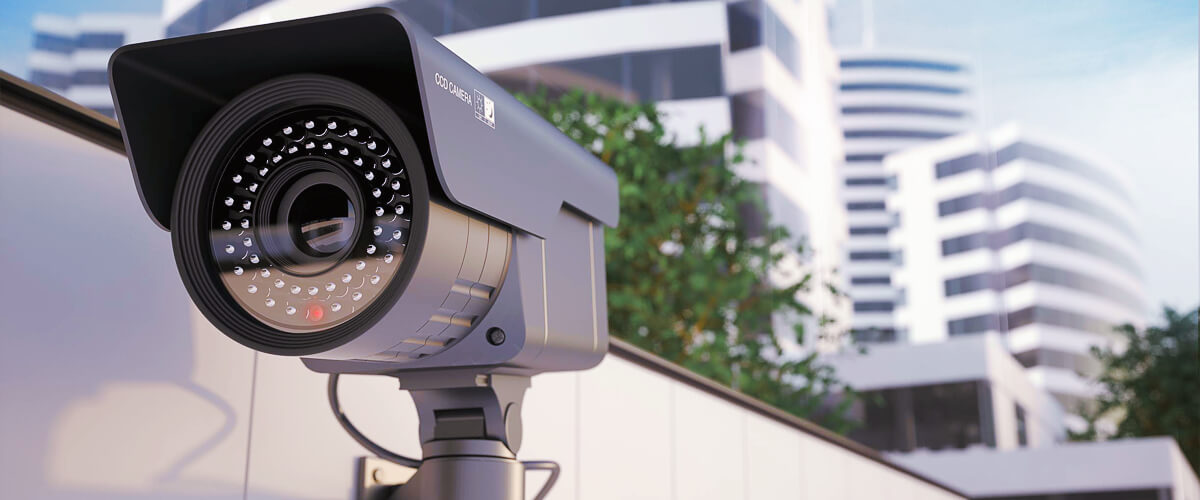
Finding the sweet spots for security cameras can transform your setup into a powerful and potent surveillance system. It’s a bit like a game of hide and seek, except this time, you ensure that no area remains hidden from your watchful eyes. So, let me show you optimal security camera placement both inside and outside your property to build a comprehensive security network.
Key locations inside the house
Entry points (doors and windows)
Your first line of defense inside the house is the entry points. Cover all doors, especially those that are out of direct sight or easily accessible from the outside. The same goes for first-floor windows, which can serve as potential entry points for intruders.
Common living areas
Common areas like the living room, dining room, or kitchen are high-traffic spaces where most daily activities take place. Keeping an eye on these areas can help you monitor movement and activity within your home.
Sensitive or valuable areas (e.g., safes, offices)
Areas that hold sensitive documents or valuable items, such as home offices, rooms with safes, or even rooms with expensive equipment, should also be monitored. A camera in these spaces will add an extra layer of protection to your most prized possessions.
Essential areas outside the house
Front and back yards
Monitoring your front and back yards provides a first line of defense against potential intruders. Cameras positioned to cover these areas can detect any unusual activity before it reaches your home. Plus, they can also help you keep an eye on children playing outside or monitor any pets you have.
Driveways and walkways
Driveways and walkways serve as main routes for people approaching your home. Placing cameras here will help you identify anyone who comes near your property, from guests and delivery drivers to potential intruders.
Perimeter and fence lines
Lastly, covering the perimeter of your property, especially fence lines, will help deter potential unwelcome guests. Any unusual activity along the boundaries of your property can be quickly detected, giving you time to react accordingly.
Calculating the required number of security cameras
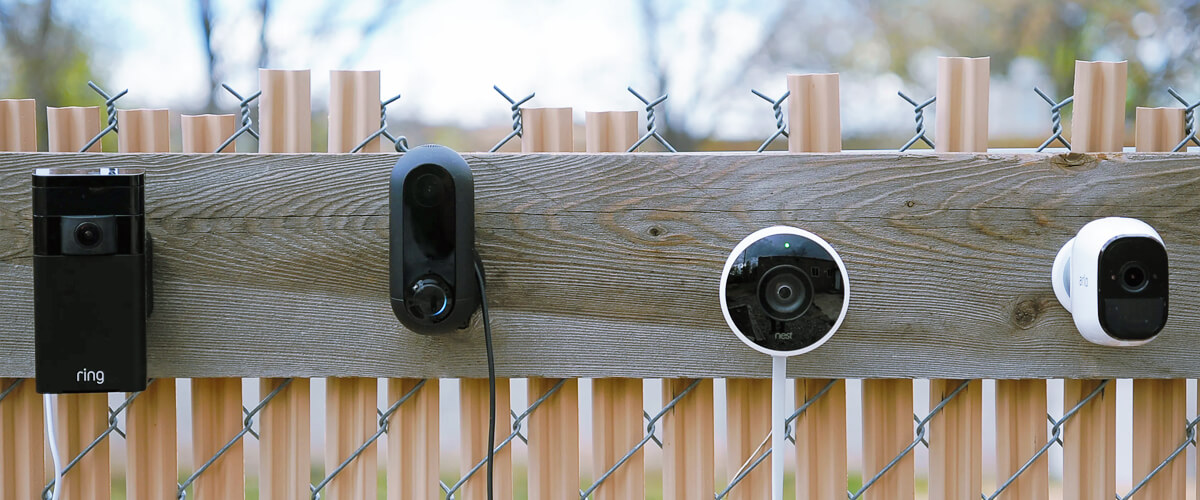
When it comes to determining the exact number of security cameras you need, it’s all about ensuring adequate security camera coverage for your property. This requires considering all the factors I’ve discussed and then doing a bit of calculation and planning. So let me break it down for you.
Assess your property
Start by conducting a thorough walk-through of your property, both inside and outside. Identify the key areas I discussed earlier: entry and exit points, high-risk areas, blind spots, and any particular spaces you want to monitor. Draw a simple map of your property and mark these spots.
Determine camera type and coverage
Next, you need to determine the types of cameras that suit each location, considering their field of view and range. For instance, wider spaces might require cameras with a broad field of view, while more confined areas can be covered by cameras with a narrower range. Remember, the goal is to minimize blind spots and maximize your security camera coverage.
Use security camera calculators and planning tools
If you want to avoid the hassle of manual calculations and planning, there is always the option of using camera calculators and planning tools. These solutions often take into account the size and layout of your property, as well as your specific security needs. As you input the relevant information, these tools will provide you with a rough estimate of how many cameras you might require. While these calculators should not replace a thorough property assessment, they can serve as a helpful starting point or cross-reference for your calculations.
Overlapping coverage for enhanced security
Along with ensuring every critical area of your property is covered, I also recommend you consider overlapping coverage. This means positioning your cameras so that the field of view from one camera overlaps with another. This tactic is particularly useful around high-risk areas or main entry and exit points. Overlapping coverage not only minimizes the chances of blind spots but also provides multiple angles of the same location. It can be extremely beneficial in identifying intruders or clarifying events that aren’t clearly captured by a single camera.
